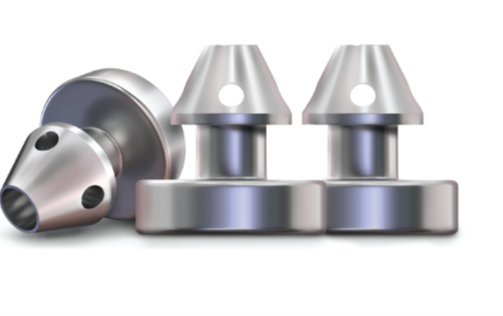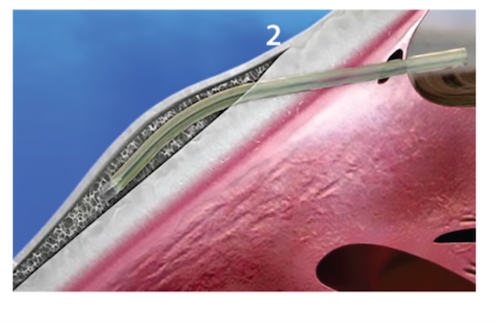Minimally-Invasive Glaucoma Surgery (MIGS)
Who is a MIGS Candidate?
If you have been diagnosed with glaucoma or elevated eye pressure, you may be a great MIGS candidate. Depending on your situation, MIGS can help lower intraocular pressure (IOP) or decrease the number of medications you use.
MIGS procedures are typically extremely safe and less invasive than other glaucoma procedures. They can typically be done with smaller incision and less trauma to the eye. Your glaucoma surgeon will discuss all the MIGS options available to you after he has reviewed the specifics of your situation. Together you can decide on the best MIGS for you.
MIGS procedures can typically be done with smaller incisions and less trauma to the eye. They can also be combined with cataract surgery. Although no glaucoma surgery lasts forever, MIGS can help reduce your IOP and medication burden for years.
Can MIGS help your glaucoma symptoms?
Common Procedures
Trabecular Meshwork Bypass
The trabecular meshwork is the medical term for the internal drainage system of the eye, which is different from the external drainage system of the eye that deals with your tears. In most glaucoma patients, there’s a problem with this drainage system. With MIGS we can bypass the trabecular meshwork to improve flow of aqueous humor, which is the fluid that your eye produces to fill the front part of the eye. There are many options to bypass the blocked trabecular meshwork such as tiny stents and tiny blades that can open it. Your glaucoma surgeon will discuss the best options for your case.

Decrease Aqueous Humor Production
Another analogy to think about in glaucoma is that your eye has a clogged sink. Two options to help a clogged sink are unclogging it, which is what we attempt to do with trabecular meshwork bypass, or turning down the faucet so the sink doesn’t overflow, which is what decreasing aqueous humor production does. We can decrease aqueous humor production by using laser to shrink the area of your eye that produces fluid. There are several laser options, and your glaucoma surgeon will discuss the best options for your case.

Subconjunctival Drainage
Another option in glaucoma is to shunt the fluid inside the eye (i.e., aqueous humor) to the space between the conjunctiva (film that covers the white of the eye) and the sclera (the white part of the eye). That way the fluid doesn’t accumulate inside the eye to further damage the optic nerve. One way of doing this is to use a tiny stent that goes from the inside of the eye to the subconjunctival space. Your glaucoma surgeon will discuss if you’re a good candidate for this option.

Benefits of MIGS
MIGS procedures are designed to be less invasive than traditional glaucoma surgeries, resulting in smaller incisions and reduced trauma to the eye.
Quick Recovery. MIGS procedures typically have shorter recovery times compared to more invasive surgeries, and they can often be combined with cataract surgery.
Potential for fewer medications. MIGS may help simplify your glaucoma treatment regimen.
Schedule an appointment at one of our convenient locations.

